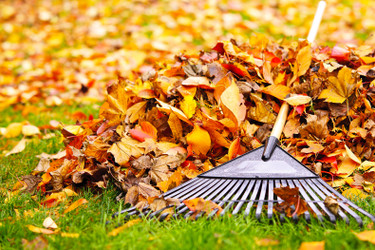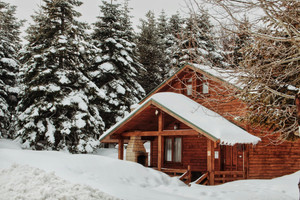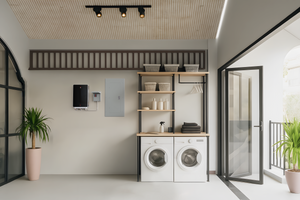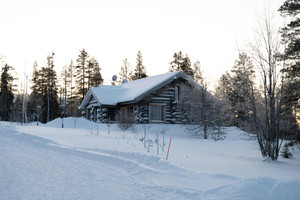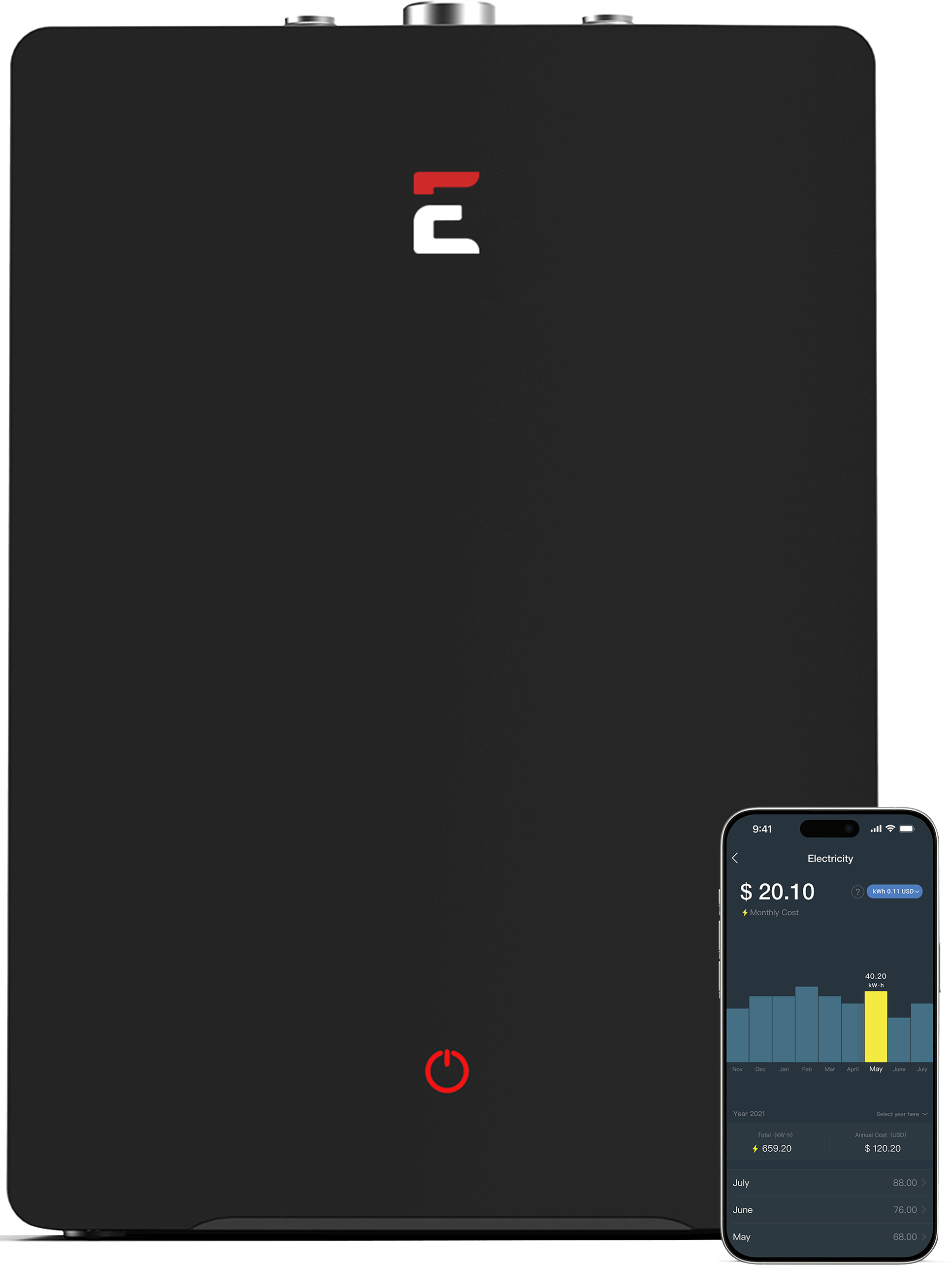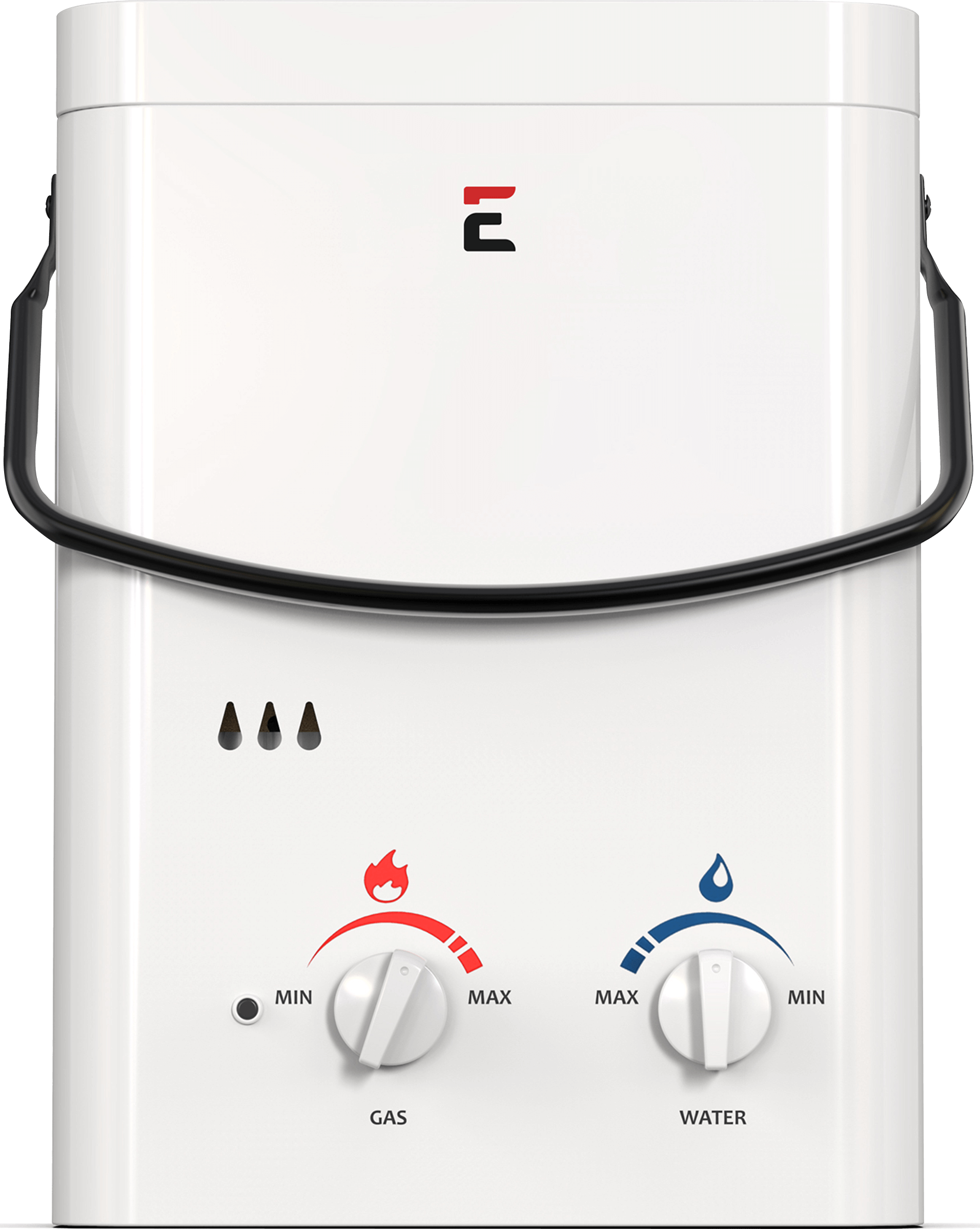Your Fall Checklist: How to Prepare Your Home
Fall is the perfect time to take care of the little things that can make a big difference for you and your home. Here's a checklist to help you prepare your home to withstand the upcoming Winter.
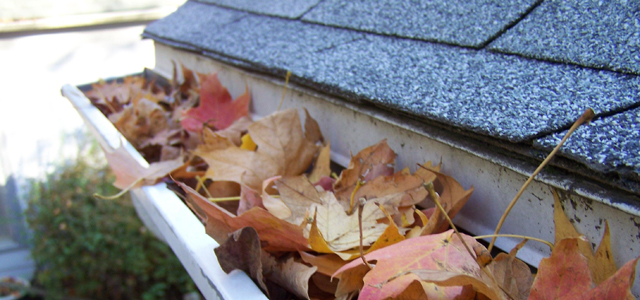
1. Get your mind in the gutters.
Your roof's drainage system annually diverts thousands of gallons of water from your house's exterior and foundation walls. That's why it is so important to keep this system flowing smoothly. Clogged gutters can lead to damaged exterior surfaces and to water in your basement. They are also more prone to rust and corrosion. Before the leaves fly this fall, have your gutters cleaned, then covered with mesh guards to keep debris from returning.
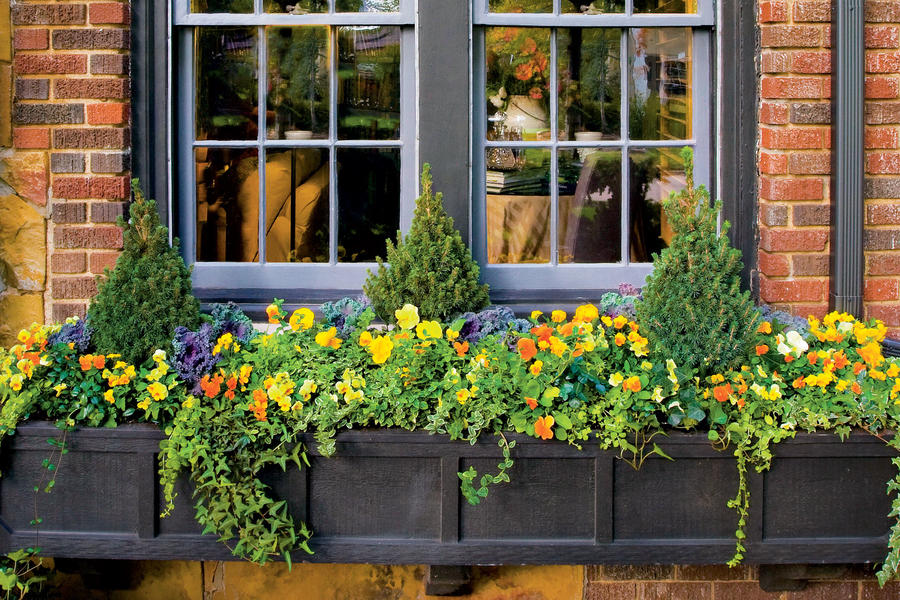
2. Button up your overcoat.
A home with air leaks around windows and doors is like a coat left unbuttoned. Gaps in caulk and weather-stripping can account for a 10% of your heating bills, according to the U.S. Department of Energy.
Weather-stripping is easily the most cost-effective way to rein in heating and cooling costs. This humble material also reduces drafts and keeps your home more comfortable year-round. Because weather stripping can deteriorate over time, it is important to inspect it periodically.
If you suspect a problem with weather stripping, you have several options for checking. Close a door or window on a strip of paper; if the paper slides easily, your weather-stripping isn't doing its job. Or, close the door or window and hold a lighted candle near the frame. (Don't let the flame get near anything flammable!) If the flame flickers at any spot along the frame, you have an air leak.
While you're at it, also check for missing or damaged caulk around windows, doors, and entry points for electrical, cable, phone, gas, and so. Seal any gaps with a suitable caulk.

3. Get on top of roof problems.
Few homeowner problems are more vexing than a leaky roof. Once the dripping starts, finding the source of the problem can be time-consuming. Stop problems this fall before ice and winter winds turn them from annoyances into disasters.
Here's how: Inspect your roof from top to bottom, using binoculars if necessary. Check ridge shingles for cracks and wind damage. Look for damage to metal flashing in valleys and around vents and chimneys. Scan the entire roof for missing, curled, or damaged shingles. Look in your gutters for large accumulations of granules, a sign that your roof is losing its coating; expect problems soon. Finally, make sure your gutters are flowing freely.
Note: Roof-mounted television antennas, even if they aren't in use, may have guy wires holding them in place. Look for loose or missing wires. If you see some, and your antenna is no longer being used, consider having it removed altogether.
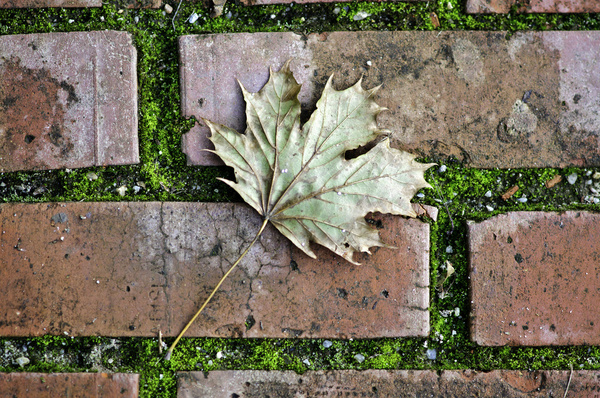
4. Walk the walks (and drives).
Damaged walkways, drives, and steps are a hazard year round, but their dangers are compounded when the weather turns icy. Fixing problems in the fall is also critical to preventing little problems from becoming expensive headaches.
Look for cracks more than 1/8-inch wide, uneven sections, and loose railings on steps. Check for disintegration of asphalt, or washed-out materials on loose-fill paths.
Most small jobs are well within the ability of a do-it-yourselfer, but save major repairs for experienced hands.
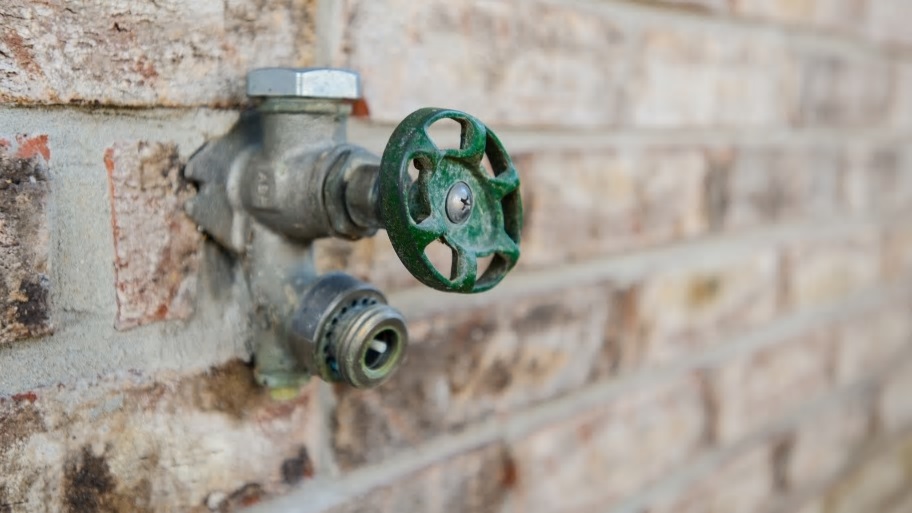
5. Chill out.
If you live in an area with freezing weather, take steps to ensure that outside faucets (also called sill cocks) and inground irrigation systems don't freeze and burst.
Here's how: Close any shut-off valves serving outside faucets, then open the outside faucet to drain the line. (There may be a small cap on the faucet you can loosen to facilitate this draining.) If you don't have shut-off valves, and your faucets are not "freezeproof " types, you may benefit from styrofoam faucet covers sold at home centers.
To freezeproof an inground irrigation system, follow the manufacturer's procedure for draining it and protecting it from winter damage.
Freshen your filter. Furnace filters trap dust that would otherwise be deposited on your furniture, woodwork, and so on. Clogged filters make it harded to keep your home at a comfortable temperature, and can serious increase your utility bills. A simple monthly cleaning is all it takes to keep these filters breathing free and clear.
Here's how: Disposable filters can be vaccumed once before replacement. Foam filters can also be vaccumed, but they don't need to be replaced unless they are damaged. Use a soft brush on a vacuum cleaner. If the filter is metal or electrostatic, remove and wash it with a firm water spray.
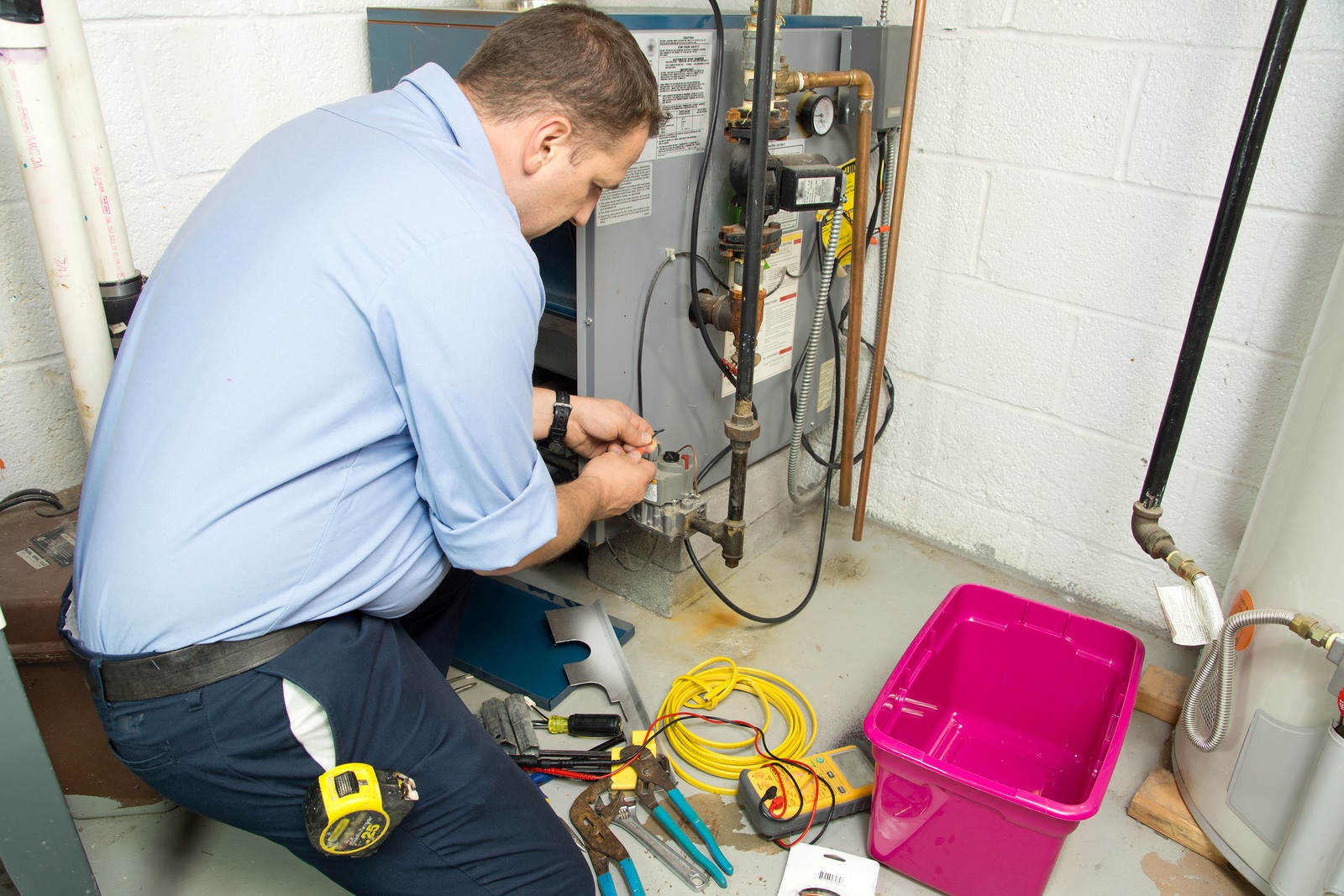
6. Give your furnace a physical.
Once a year, it's a good idea to have your heating system inspected by a professional. To avoid the last-minute rush, consider scheduling this task in early fall, before the heating season begins.
Here are signs that you should have an inspection performed sooner:
Noisy belts. Unusual screeches or whines may be a signal that belts connected to the blower motor are worn or damaged.
Poor performance. A heating system that doesn't seem to work as well as it once did could be a sign of various problems. Your heating ducts might be blocked, the burners might be misadjusted, or the blower motor could be on its last legs. One check you should be sure to conduct: Make sure your furnace filter is clean.
Erratic behavior. This could be caused by a faulty thermostat or a misadjusted furnace.
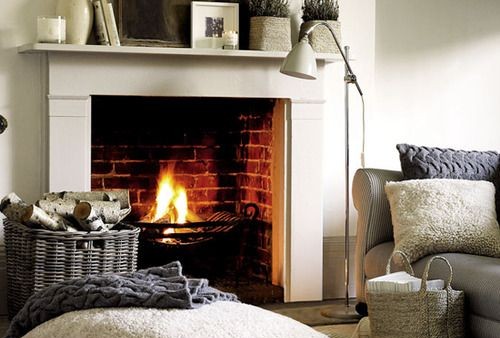
7. Gather round the hearth.
Even if you use your fireplace only occasionally, you should check it annually for damage and hazards.
Inspect your flue for creosote. Creosote is a flammable by-product of burning wood. If it accumulates in a flue or chimney, the result can be a devastating fire. Have your chimney inspected annually for creosote buildup. If you use a fireplace or wood stove frequently, have the flue inspected after each cord of wood burned.
For most people, the best option is to have your entire chimney system inspected by a chimney sweep. Once you know what to look for, you can perform the inspection by shining a bright flashlight up the flue, looking for any deposits approaching 1/8 inch thick. These deposits should be cleaned by an experienced chimney sweep.
Look for flue blockages. Birds love to nest at the top of an unprotected flue. A chimney cap can prevent this from happening. If you don't have a cap, look up the flu to ensure that there are no obstructions.
Exercise the damper. The damper is the metal plate that opens and closes the flu just above the firebox. Move it to the open and closed positions to ensure that it is working properly.
Check your chimney for damage. Make certain that the flue cap (the screen or baffle covering the top of the chimney) is in place. Inspect brick chimneys for loose or broken joints. If access is a problem, use binoculars.
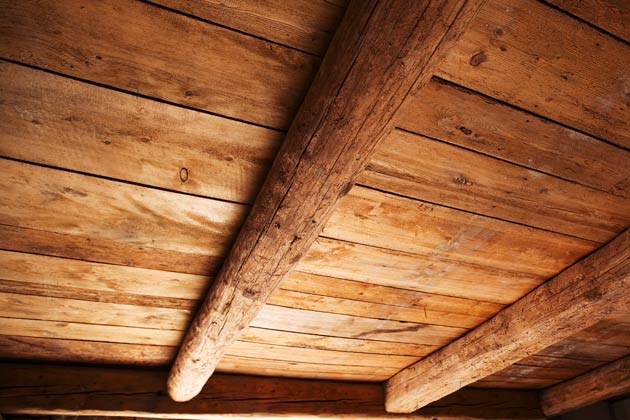
8. Keep the humidifier humming.
You may know that bone dry winter air is bad for your health, but did you also know it can make fine wood more prone to cracking? You and your home will feel more comfortable if you keep your central humidifier in tip-top shape during the months it is running.
Here's how: First, inspect the plates or pads, and if necessary, clean them in a strong laundry detergent solution. Rinse and scrape off mineral deposits with a wire brush or steel wool.
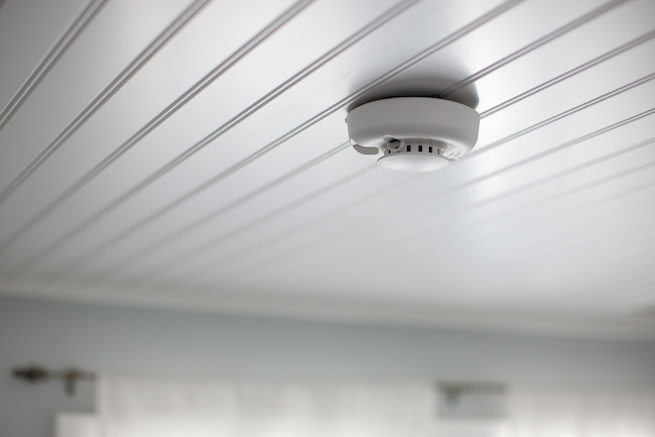
9. Smoke and CO detectors.
Replace the batteries in each smoke and carbon monoxide (CO) detector, then vacuum them with a soft brush attachment. Test the detectors by pressing the test button or holding a smoke source (like a blown-out candle) near the unit. If you haven't already, install a smoke detector on every floor of your home, including the basement.
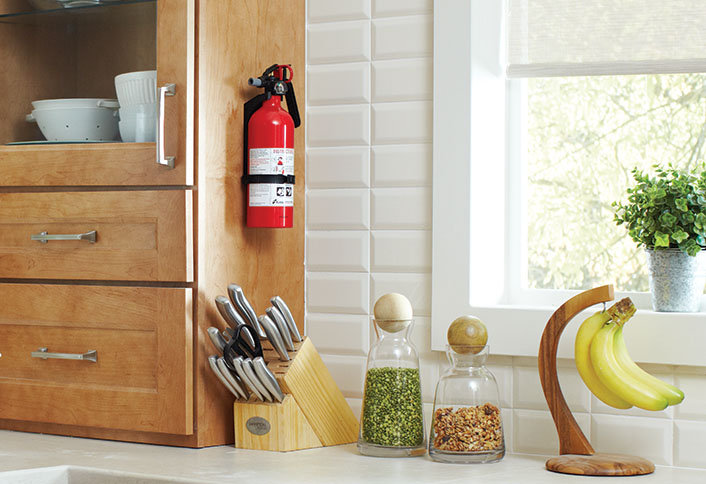
10. Fire escape plans and fire extinguishers.
Every bedroom, including basement bedrooms, should have two exit paths. Make sure windows aren't blocked by furniture or other items. Ideally, each upper-floor bedroom should have a rope ladder near the window for emergency exits. Review what to do in case of fire, and arrange a safe meeting place for everyone away from the house.
Your home should have at least one fire extinguisher rated for all fire types (look for an A-B-C rating on the label). At a minimum, keep one near the kitchen; having one per floor isn't a bad idea. Annually, check the indicator on the pressure gauge to make sure the extinguisher is charged. Make certain that the lock pin is intact and firmly in place, and check that the discharge nozzle is not clogged. Clean the extinguisher and check it for dents, scratches, and corrosion. Replace if the damage seems severe. Note: Fire extinguishers that are more than six years old should be replaced. Mark the date of purchase on the new unit with a permanent marker.
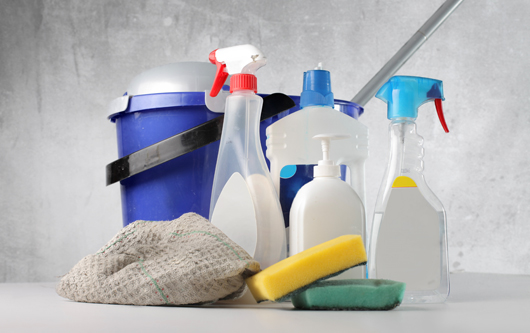
11. General cleanup.
Rid your home of accumulations of old newspapers and leftover hazardous household chemicals. (Check with your state or local Environmental Protection Agency about the proper way to discard dangerous chemicals.) Store flammable materials and poisons in approved, clearly labeled containers. Keep a clear space around heaters, furnaces, and other heat-producing appliances.
*This article was contributed by Better Homes & Gardens and edited by Eccotemp Systems.
 Weekly Deals
Weekly Deals
 Water Heaters
Water Heaters
 Accessories
Accessories
 Installation
Installation
 Parts
Parts
 Protection Plans
Protection Plans
